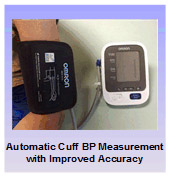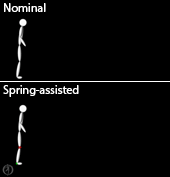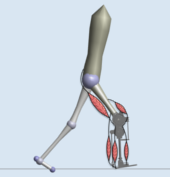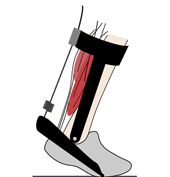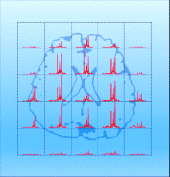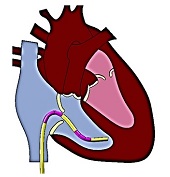Epilepsy is a common neurological disorder that causes seizures with various symptoms such as convulsion and loss of consciousness. Approximately 30% of epileptic patients do not achieve seizure control even…
read moreOscillometric devices are widely used for automatic cuff blood pressure (BP) measurement. These devices act as both an actuator to alter the transmural pressure of the brachial artery via cuff…
read moreWearable robotic devices offer great potential to improve human performance for various movement tasks, but the success of these devices has been limited by our insufficient understanding of the complex…
read moreLower limb amputees suffer from decreased proprioception, balance, and a limited ability to respond to unexpected disturbances during locomotion. These deficiencies increase the risk of falling, leading to injuries and…
read moreGregory S. Sawicki and Nabil S. Khan, North Carolina State University and University of North Carolina at Chapel Hill A recent experiment demonstrated that when humans wear unpowered elastic ankle exoskeletons…
read moreThe development of personalized neurorehabilitation and augmentation technologies requires the profound understanding of the neuro-mechanical processes underlying an individual’s motor function, impairment, and recovery. A major challenge is the difficulty…
read moreMyoelectric prostheses use surface electromyography (EMG) signals to control motorized artificial limb movement and are clinically available to patients with upper extremity amputation. Recent developments in advanced prosthetic arm systems…
read moreA sedentary lifestyle is a major risk factor for chronic diseases such as cardiovascular diseases, diabetes mellitus and osteoporosis. Many studies reported that physical activity can prevent such pathologies. Thus,…
read moreMagnetic resonance spectroscopic imaging (MRSI) is a unique tool for molecular imaging without exogenous contrast agents. For example, MRSI allows for mapping many brain metabolites, such as N-acetylaspartate, Choline, and…
read moreA large variety of commercially available catheters exist, being adopted in different treatments in interventional cardiology. However, a number of complications arises in positioning and steering the catheters due to…
read more

